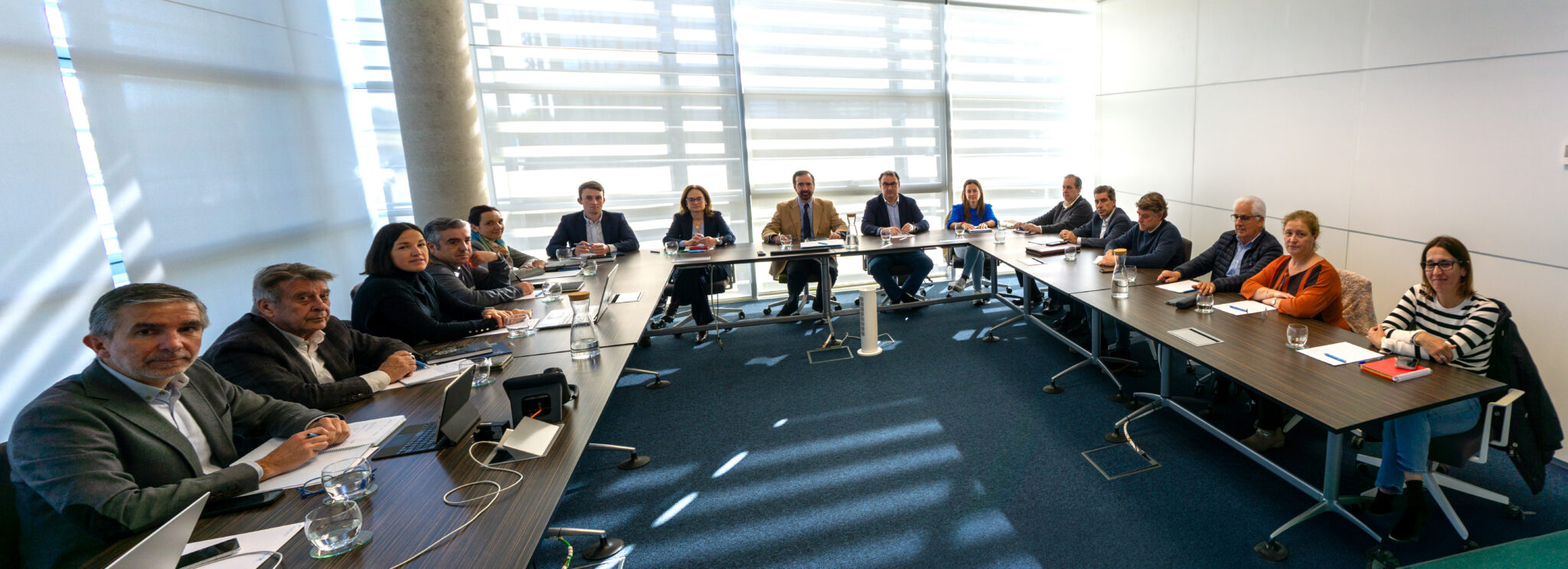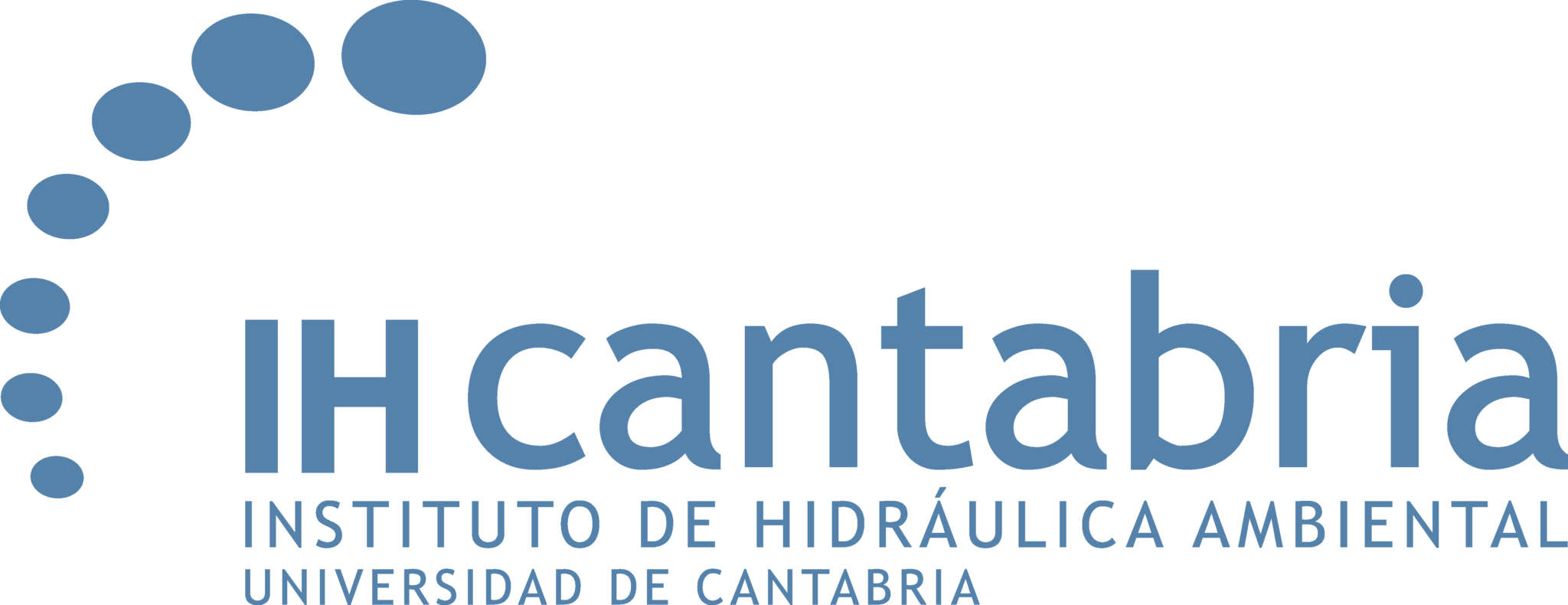IHCantabria identifies nine priority challenges for the sustainability of the Bay of Santander

The Mesa de la Bahía, formed by the institutions responsible for the management of the estuary, analyzes the results of the Diagnostic phase of the ‘Plan Bahía’ project.
IHCantabria presented today the Integrated Diagnosis of the Bay of Santander to the members of the Mesa de la Bahía, made up of the public administrations responsible for the management of the estuary and the University of Cantabria, which participates as scientific advisor through the Institute of Environmental Hydraulics.
The Integrated Diagnosis of the Bay of Santander, prepared within the framework of the Plan Bahía project, is the result of two lines of work. On the one hand, the scientific analysis of the socioeconomic, environmental and morphodynamic evolution of the estuary, as well as the regulations applicable in the Bay. On the other hand, the Diagnosis has been enriched through a public participation process where the main groups and organizations with interests in the Bay, as well as the general public, have contributed their knowledge and assessments throughout seven months of participatory activities.
The diagnostic process has identified nine priority challenges for the sustainability of the estuary:
- Changes in sedimentary processes.
The changes in the configuration of the Bay’s beaches, especially the erosion and loss of sand from the beaches of Somo and Loredo, represent a risk to the integrity of the Puntal, whose breakage would have a profound impact on the port, tourist and recreational activity of the Bay. On the other hand, the increase of sand in the interior of the Bay significantly affects navigation, due to the loss of draft in the interior channels, and the growth of certain species exploited by shellfish harvesters. - Recovery of fillers.
Half of the Bay’s intertidal area has been filled for urban, industrial and agricultural purposes. Reversing the filling process to return part of these spaces to the sea would make it possible to partially recover the original morphology of the Bay and, therefore, mitigate the risks associated with changes in sedimentary processes. - Adaptation to the effects of climate change.
Understanding the effects of climate change on the estuary and developing a plan of integrated measures in other sectors, such as urban planning and tourism, is essential to minimize the impact of climate change on activities in the Bay. - Improvement of the sanitation system.
The current system is occasionally overwhelmed by an increase in flow from channeled streams during urbanization processes and from runoff water during the rainy season, which causes flooding at different points of the estuary and reduces the efficiency of the San Román treatment plant. - Management of aquatic activities.
The increase in the volume and diversity of users of the estuary requires a consensual regulation to improve safety and coexistence between the different aquatic activities practiced in the Bay. - The definition of a shared and sustainable tourism model.
Designing a common tourism model for the Bay as a whole, which is environmentally and socially responsible, is key to achieving sustainable management of tourism growth in the Bay Area.
- The enhancement of the estuary’s social and natural heritage.
Knowledge of the history, heritage and natural values of the Bay are identified as an opportunity to promote an economic development of the estuary that is environmentally and socially sustainable and facilitates the transition to a seasonal and responsible tourism model. - Inter-institutional collaboration.
Defining a mechanism for collaboration between the institutions that manage the estuary’s uses is key to improving the complex management of a space where different competencies, procedures and interests converge. - Integral development of planning instruments.
The need is identified for administrative tools to expedite the development and implementation of existing and future action plans, as well as the inclusion of urban and landscape planning in the integrated management of the Bay.
Once the institutions that make up the Mesa de la Bahía have made their contributions to the Integrated Diagnosis of the Bay of Santander, the Plan Bahía project will move on to its last phase: the drafting of the Integrated Management Plan for the Bay of Santander. The objective will be to define the best possible solutions to the nine challenges identified in the Diagnostic phase and to design a strategy that will facilitate the implementation of the proposed measures by the competent institutions.
The Integrated Management Plan for the Bay of Santander
Plan Bahía’ is a research project coordinated by the Environmental Hydraulics Institute of the University of Cantabria (IHCantabria) and funded by the Ministry of Science and Innovation and the Government of Cantabria through the Marine Sciences Program. Its objective is to draw up the Integrated Management Plan for the Bay of Santander, which will establish the collaboration mechanisms and the measures to be implemented so that the institutions that make up the Bay Committee can address the future actions to be developed within the framework of an Integrated Plan for the Management of the Bay.
The Integrated Management Plan for the Bay of Santander will be designed as a dynamic tool, capable of evolving and adapting to changes. The aim is to provide the best scientific and technical support to the administrations responsible for the management of the estuary, so that they can study and, if necessary, implement the different measures included in the ‘Plan Bahía’.
This study is part of the
ThinkInAzul
program, financed by the Ministry of Science and Innovation with funds from the European Union NextGenerationEU (PRTR-C17.I1) and by the Autonomous Community of Cantabria.




